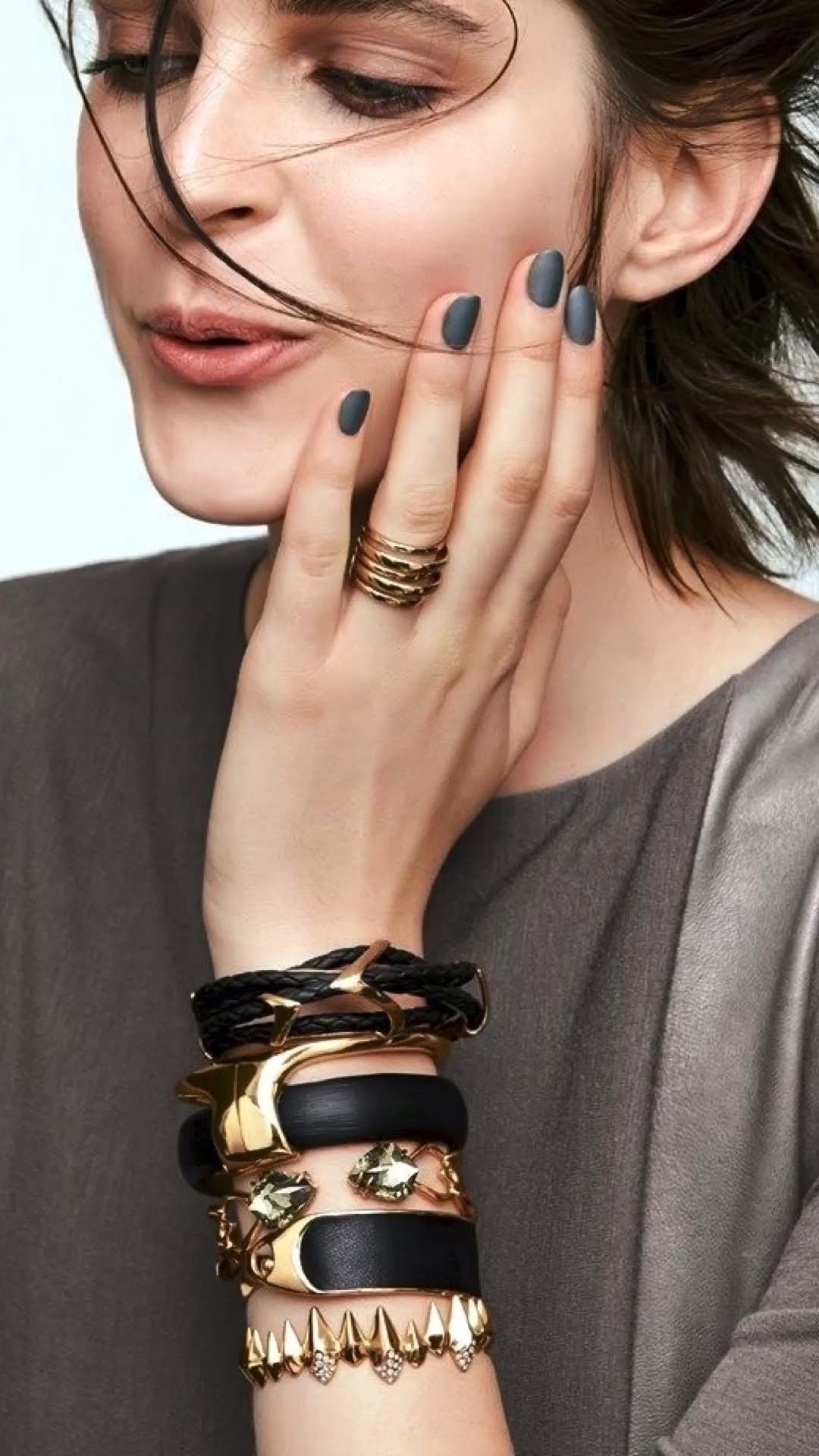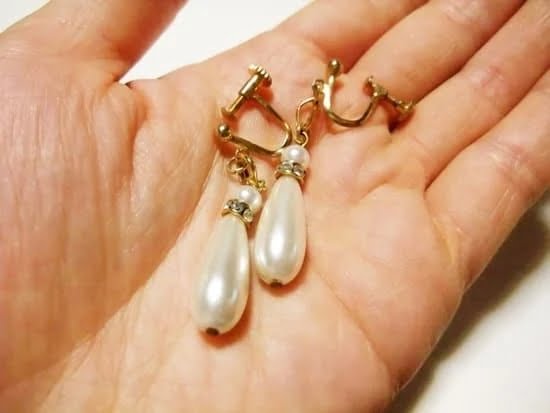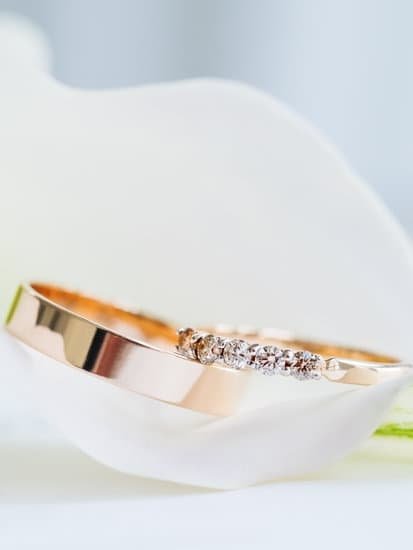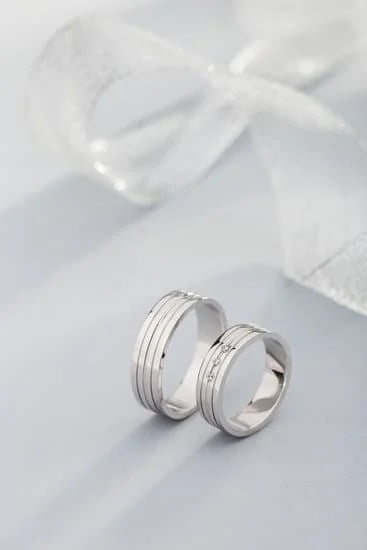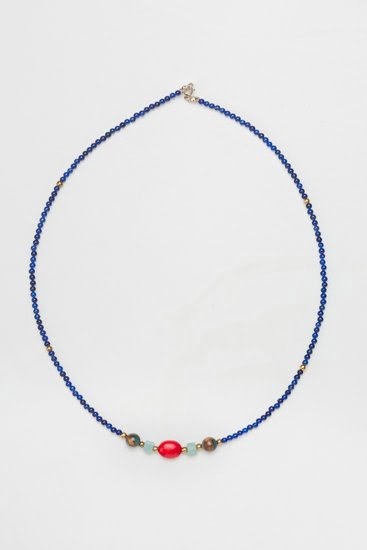Introduction
Getting your jewelry in stores can be a complicated process and may involve a range of different steps. These could include establishing relationships with potential buyers, as well as developing your product’s pricing, packaging, and marketing. It can also require investment in materials to create samples and creating marketing pieces such as lookbooks to present your collections. Additionally, you’ll need to have an effective inventory control system in place for when the buyers start placing orders.
Establishing Relationships: Once you have created your products and determined the best retail price for them, the next area of focus should be developing relationships with retailers who you think would be interested in carrying your wares. You need to determine where and how you want to market yourself before you start shopping around store and gallery owners. Research each store’s clientele and decide if they would be interested in what you are offering. Reach out by telephone or email first; many stores will post their contact information on their websites or social media accounts. When possible, visit the retailer’s brick-and-mortar location directly so that they can get a better impression of who you are and what value they could gain from adding your products to their inventory.
Creative Packaging & Promotion: To stand out from competitors, it is important to keep creative packaging at top of mind when presenting your designs for consideration. Investing time into designing attractive custom packaging that can effectively convey the values associated with your brand is essential for making an impression on retailers. Also consider any extra benefits or services you could offer customers that other brands might not provide – such as special discounts, accessory sets or complimentary gift cards – which would make them more likely to stock your wares over someone else’s selection. This means having a comprehensive marketing strategy in place including advertisements targeting potential buyers both online and off-line – such as trade magazines – will also assist in driving awareness of your products towards store owners looking for new brands to carry.
Inventory Control System: Setting up an efficient inventory control system is critical once retailers begin ordering items from you directly so that you are able to manage orders accordingly without any gaps occurring between supply vs demand during peak periods of sales activity or times of high customer interest when people are scrambling to buy certain pieces – thereby avoiding issues caused by potentially running out due to incorrect estimations of demand leading up those periods. You’ll want a system whereby outstanding orders can be tracked efficiently along with timely updates for delivery details; managing data low stock notifications promptly is essential here so that supply does not fall behind demand too dramatically resulting in disappointed customers who may never return again!
Understanding Your Target Market
Before getting your jewelry in stores, it is important to understand who your target market is. Doing research and analyzing data on this will help you determine which stores would be appropriate to sell in and which audiences will respond best to your product. Consider the demographic characteristics of the potential buyers as well as what store environment they may be most likely to find inviting. Utilize online tools such as Google Analytics and Facebook Audience Insights that can provide valuable information on your target market’s interests, purchase habits, and buying behaviors. Additionally, you can use traditional methods such as surveys or interviews to collect information about consumer preferences.
Furthermore, researching the competition can help determine which stores already cater to your chosen audience and enable you to identify any gaps in the offering. Analyze what other brands have succeeded in similar store environments as well as how their pricing compares to yours so you can ensure yours remains attractive yet competitive. Then decide where it makes sense for your product from a location standpoint – should it be available nationwide? Locally? Within certain types of shops only? All retail spaces should support producing sales for your jewelry, but it is important to think about how far reaching exposure is desired and financially feasible –this all requires thorough consideration of both targets and budget beforehand. Strategizing these elements carefully are key factors when aiming for success with having your jewelry reach the sales floor at multiple sections nationwide or even internationally.
Prepare for Pitch
Getting a jewelry line in stores can be a dream come true for aspiring jewelry business owners. To make this dream a reality, however, you need to prepare an effective pitch that will convince buyers to pick up your products and place them on their shelves. One of the most important aspects of preparing to get your jewelry in stores is professional packaging and presentation solutions. This includes investing in high-quality branded materials and displaying your products in an attractive manner that will help draw customer attention. Your packaging should also contain all relevant information, such as product descriptions, pricing, and contact information. Additionally, establishing relationships with buyers at existing stores helps build credibility before ever making a pitch. Engaging local stores to host trunk shows or pop-up shops where customers can browse and purchase products is also an effective way of increasing brand awareness but also showcasing the quality and value of the products.
Stand Out from the Crowd
The key to getting your jewelry in stores is to stand out from the crowd and craft a compelling pitch. This means creating an effective sales offering and understanding the competition. Find out who is selling similar pieces of jewelry, how they are pricing them, what kind of presentation they use, and what kind of connections they have. From there, focus on developing a unique niche for your product; it could be the detail of the design, quality materials used, or craftsmanship.
Research potential hosting retailers and target those who share a similar brand identity with yourself. Address their specific needs by offering them exclusive designs, discounts for bulk orders or product launch deals. Networking can prove invaluable in giving you access to buyers and retailers who may otherwise miss your products when perusing in person or online stores. This allows you to get to know more about their business as well as showcases your work directly to them. It also helps build stronger relationships—use social media platforms such as Twitter and Instagram to connect with influencers and make their followers aware of what you have on offer. Finally, make sure you throughly familiarise yourself with trade show opportunities in order to meet face-to-face with potential customers and build valuable contacts that can later become good advocates for novel collections or special presentations.. You can appeal directly to retail buyers at these events as well as establish ties with wholesalers who buy merchandise in volume and resell it at lower prices than independent stores do.
Get Seen
Advertising Tactics:
When trying to get your jewelry in stores, it’s essential to invest in an effective advertising campaign. You could purchase ad space in local newspapers or magazines, create radio or television commercials, or invest in digital advertising such as pay-per-click (PPC) campaigns with search engine platforms like Google Ads or social media campaigns through platforms such as Facebook and Instagram. In addition to this, you may want to look into setting up a booth at trade shows and events that are related to custom jewelry and sell your items directly.
Social Networking Strategies:
You’ll also want to foster relationships with people in the jewelry industry by building your brand’s online presence and actively engaging with customers on platforms such as Twitter, Instagram, and Facebook. Additionally, leveraging influencers for digital reviews of your product can prove worthwhile for getting more exposure for your brand. Don’t forget about word-of-mouth either! Ask friends and family members if they have a connection at any high-end retailers where you might be able to sell your pieces. Finally, look into setting up targeted email campaigns to individual businesses that you think would be interested in selling your products and make sure they’re easy to contact through email so they may make inquiries directly.
Maximum Exposure
If you want to showcase your jewelry collection in stores, the first step is to develop a strategy and maximize exposure. Doing so will help ensure that store owners, buyers and potential customers are aware of your goods. Here are some tips for effectively showcasing your collection:
1. Develop an online presence: Having an online portfolio or website featuring photos and descriptions of each item in your collection can be a good way to advertise your goods and make them easily accessible to potential buyers. Additionally, creating a presence on social media sites like Instagram and Pinterest can be immensely helpful in attracting new customers who may not have seen your work otherwise.
2. Attend tradeshows: Get involved with trade shows devoted to jewelry, art or fashion by registering as a vendor. Tradeshows are great places to show off collections and build relationships with buyers who could potentially be interested in stocking the pieces for sale in their shops.
3. Cold calling: Cold calling is another excellent method of reaching out directly to potential retailers who could benefit from carrying your designs. Do some research before contacting shops so you know what type of designs they already carry; addressing them by name and introducing yourself can go a long way towards making a good impression!
4. Have professional-looking packaging: Whether it’s traditional standing glass cases or something less conventional like velvet bags or pouches, consider getting attractive packaging material which clearly displays items from different angles to increase the chances of retailers purchasing items from the collection.
5. Engage prospective clients: Participating in events like industry conferences or networking opportunities related to jewelry may also be beneficial for building relationships with retailers, designers, editors, style influencers and other people who could help promote your products both online and offline as well . Asking questions about what kind of designs they’re looking for could also allow you tailor pieces specifically for their requirements
Negotiating with Retailers
To get your jewelry in stores, the first step is to establish contact with potential retailers. This can be done in person or through other mediums such as email or phone calls. Once you have a retailer interested, it is essential to ensure they understand what makes your product unique and valuable. It is important to emphasize the quality, craftsmanship, and design of your product. When it comes to negotiations, it’s beneficial for both parties if you can come to an agreement that meets all their expectations—such as adequate stock levels, delivery methods, payment terms, promotional support and exclusive by-laws—while still allowing you to achieve yours. It might also be wise to offer incentives—such as a discounted rate for larger orders or discounts on any new products–to motivate retailers and make them willing to take a chance on you and your jewelry. You also need to maintain communication during this process and remain respectful. Keeping a good relationship with the retailer will benefit you in the long run because they may decide to carry more of your products or recommend them to other retailers down the road. By following these steps, you can successfully negotiate with potential retailers and get your jewelry in stores.
Follow Up and Grow
Once you have made contact with the stores and built relationships, there are several steps you can take to keep those relationships growing. Follow up with store owners or managers periodically via email or phone, allowing them to know you are there if they need help. Investing time and effort in nurturing these connections will go a long way in identifying additional opportunities for your jewelry. To further encourage store directors to continue working with your business, provide incentives like discount codes or bonus offers to their customers on your website.
Also, consider ways to brand your work through in-store marketing. For example, you can provide window displays featuring pieces of your jewelry line or host fan meet-ups where customers can meet and interact with you. Both of these marketing strategies will give customers exposure and an opportunity to gain insight into what makes your jewelry unique and different. Additionally, partnering up with local influencers will help promote and market your jewelry even more! Support from these influential people can be a bridge connecting potential buyers and retailers back to you as the artist of the pieces.

Welcome to my jewelry blog! My name is Sarah and I am the owner of this blog.
I love making jewelry and sharing my creations with others.
So whether you’re someone who loves wearing jewelry yourself or simply enjoys learning about it, be sure to check out my blog for insightful posts on everything related to this exciting topic!

